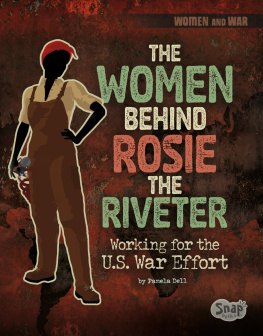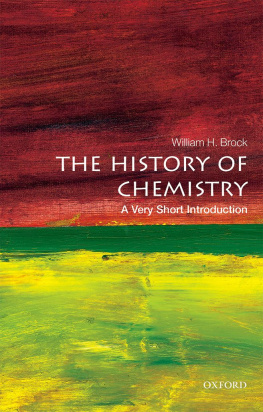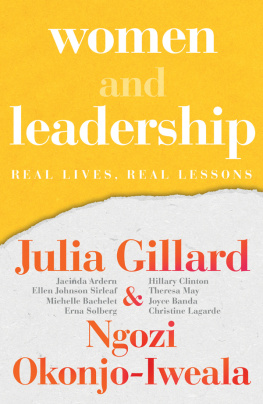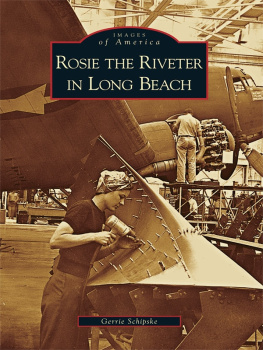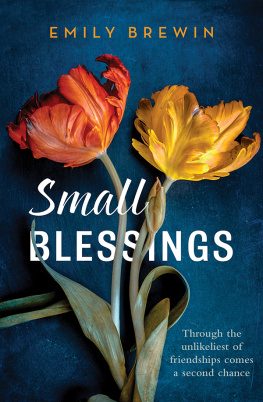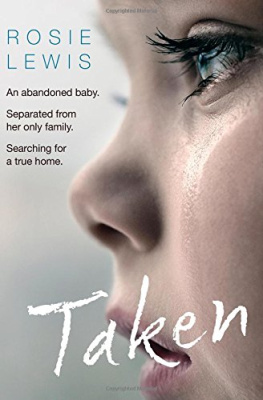ACKNOWLEDGMENTS
This project has been a collaborative effort in the best sense of the word. The editors are faculty and staff members of the Museum of History and Holocaust Education (MHHE), which is part of the Department of Museums, Archives, and Rare Books at Kennesaw State University, Georgia. In 2012, the MHHE curated a traveling exhibition entitled Beyond Rosie: Women and World War II, which has proven very popular among area schools, universities, and museums. After hearing from teachers, museum professionals, and students, we realized that the exhibition was not enough, so this documentary collection was born. A number of books have been published on women and World War II, but there is no single collection of primary documents focused on this topic. We assembled a team of historians and got to work.
We have so many colleagues to thank at institutions throughout the United States, including Eileen Hurst (Burritt Library at Central Connecticut State University), Rachel Mears and Megan Harris (Veterans History Project, American Folklife Center, Library of Congress), Karen V. Kukil (William Allan Neilson Library, Smith College, Massachusetts), Alexandra Levy (Atomic Heritage Foundations), Niki Denison (University of Wisconsin Alumni Association), Vivian M. Santangelo (Meredith Corporation), Evora Swoopes (Science News), Tomi Yoshikawa (Japanese American National Museum), Nathaniel Wiltzen (National Archives Boston), Shane Bell and Nathan Jordan (National Archives Atlanta), Sara Logue (Manuscript, Archives, and Rare Book Library, Emory University, Georgia), Susan Snyder (Bancroft Library, University of California, Berkeley), Lisa Marine and Mary K. Huelsback (Wisconsin Historical Society), Nancy Ireland (Eleanor Roosevelt Literary Estate), Sara Duke (Prints and Photographs Division, Library of Congress), Jack Eckert and Jessica Murphy (Countway Medical Library, Harvard Medical School), John Garofolo, India Artis (The Crisis), Adam Watson (Florida Memory Project), Matthew Herbison (Legacy Center: Archives and Special Collections, Drexel College of Medicine, Pennsylvania), Stephanie George (Center for Oral and Public History, California State University, Fullerton), and Tom Leatherman (Rosie the RiveterWorld War II Home Front National Historic Park).
We would like to extend a warm thanks to Dr. Ouida Dickey for her valuable edits to the introduction as we were completing the manuscript. Many others at Kennesaw State University deserve recognition, especially Patricia Mosier for helping us prepare the manuscript. Dr. Randy Hinds and the staff and faculty in the Department of Museums, Archives, and Rare Books provided much encouragement and patience as we finished this manuscript.
Julia is grateful to her family for their support and encouragement. She could not have finished the book without the intellect and humor of her fellow coeditors or the staff of the Museum of History and Holocaust Education. She would like to thank Mark Greenberg for his contagious interest in women photojournalists during the war.
Jennifer would like to express her appreciation to Dr. Ouida Dickey and Kathy Knapp for their encouragement, support, and patience while she worked on three book projects simultaneously.
Richard wishes to thank his parents, Barbara and Graham Harker, for imparting their love of learning, education, and history, and his siblings and their significant others, who continually challenge him to think about the world and its history in different and new ways and strive to be creative: Dr. Chris Harker and Dr. Sonya Sharma, Lucy Harker and Tom Hemming, and Tricia, Chris, and Poppy Turner. He owes a special debt of gratitude to Sue Gloor, who has lived and breathed this book with him and has been a continual source of love and support. Richard dedicates this book to his grandmother, Marjorie Mullen, who was a wartime nurse in London during the Blitz and is a truly remarkable woman.
Catherine owes a special debt to Dr. Leslie Schwalm and Dr. Linda Kerber, who years ago at the University of Iowa guided her through the study of US womens history. Their wisdom and curiosity have helped shape a generation of scholars. She would also like to thank her husband, John Companiotte, daughter, Emma Lewis Companiotte, and father, Dr. J. Richard Lewis, who have supported and assisted her throughout the research and writing of this book.
Finally, the editors owe quite a debt to the editorial staff at the University of Arkansas Press, formerly led by the ever-cheerful Larry Malley. The presss staff, including Mike Bieker and Brian King, have been great partners in this book, and we are thankful for their wisdom and help bringing it to fruition.
INTRODUCTION
More so than any war in history, World War II was a womans war. Women, motivated by patriotism, the opportunity for new experiences, and the desire to serve, participated widely in the global conflict. Within the Allied countries, women of all ages proved to be invaluable in the fight for victory. Rosie the Riveter, a fictional American character, became the most enduring image of womens involvement in World War II. Rosie, however, tells only a small portion of a complex story. As wartime production workers, enlistees in auxiliary military units, members of voluntary organizations or resistance groups, as wives and mothers on the home front, as journalists, and as USO performers, American women found ways to challenge traditional gender roles and stereotypes. This documentary collection explores the diverse experiences of women during World War II. It also serves as a companion volume to the Museum of History and Holocaust Education at Kennesaw State Universitys traveling exhibition, Beyond Rosie: Women in World War II.
Beyond Rosie offers readers an opportunity to see how American womens roles changed during the war and the numerous contributions they made to the fight against the Axis powers. The primary documents (newspapers, propaganda posters, cartoons, excerpts from oral histories and memoirs, speeches, photographs, and editorials) collected here are organized into five chapters and represent cultural, political, economic, and social perspectives on the diverse roles women played during World War II. They have also been selected to highlight both the top-down and bottom-up motivations for the creation and re-creation of these roles.
This introduction functions as an overview of the main issues related to women and World War II and is followed by five chapters that provide multiple perspectives on this complex era. The editors, all faculty and staff members at Kennesaw State University (KSU), working with the Museum of History and Holocaust Education, have prepared brief headnotes to introduce each document and provide information about it or the context necessary to interpret it. We created this volume to be useful for upper-division high school, undergraduate, or graduate history courses in womens studies, American studies, ethnic studies, political science, legal studies, criminal justice, or sociology. We also hope it will appeal to museum educators, library professionals, and community members interested in this topic, especially those who host KSUs


 The paper used in this publication meets the minimum requirements of the American National Standard for Permanence of Paper for Printed Library Materials Z39.48-1984.
The paper used in this publication meets the minimum requirements of the American National Standard for Permanence of Paper for Printed Library Materials Z39.48-1984.
